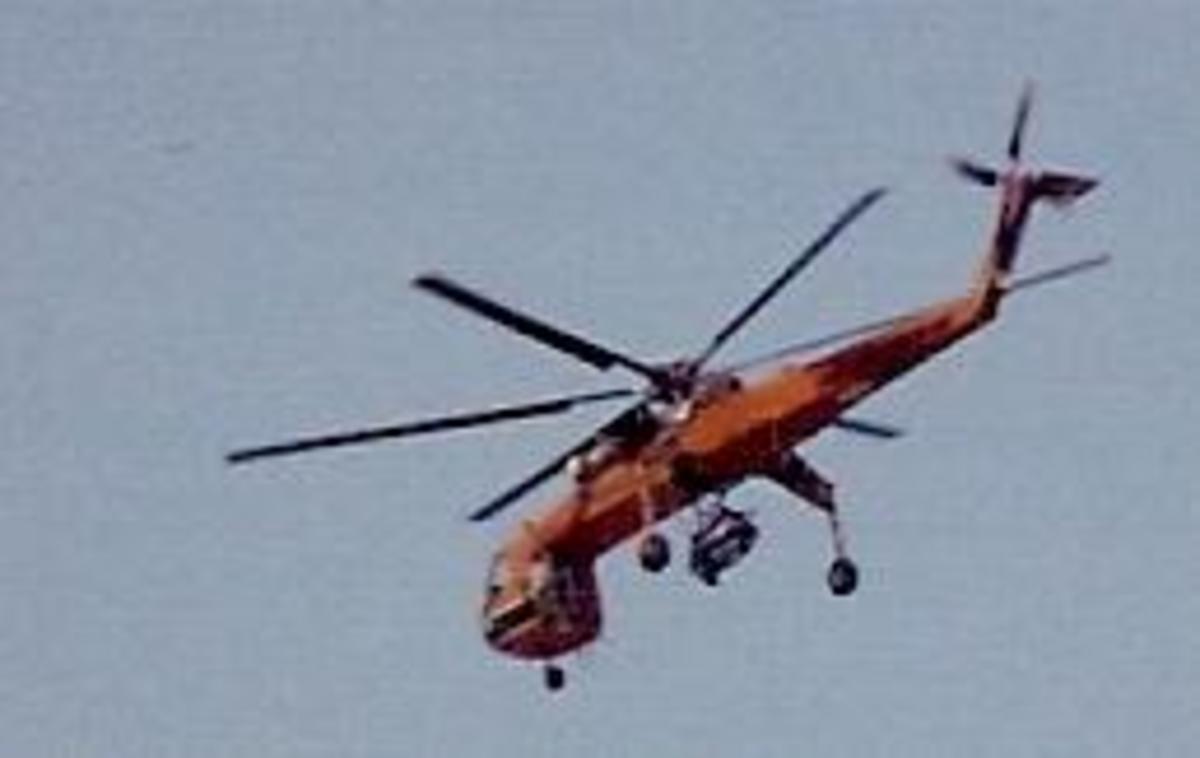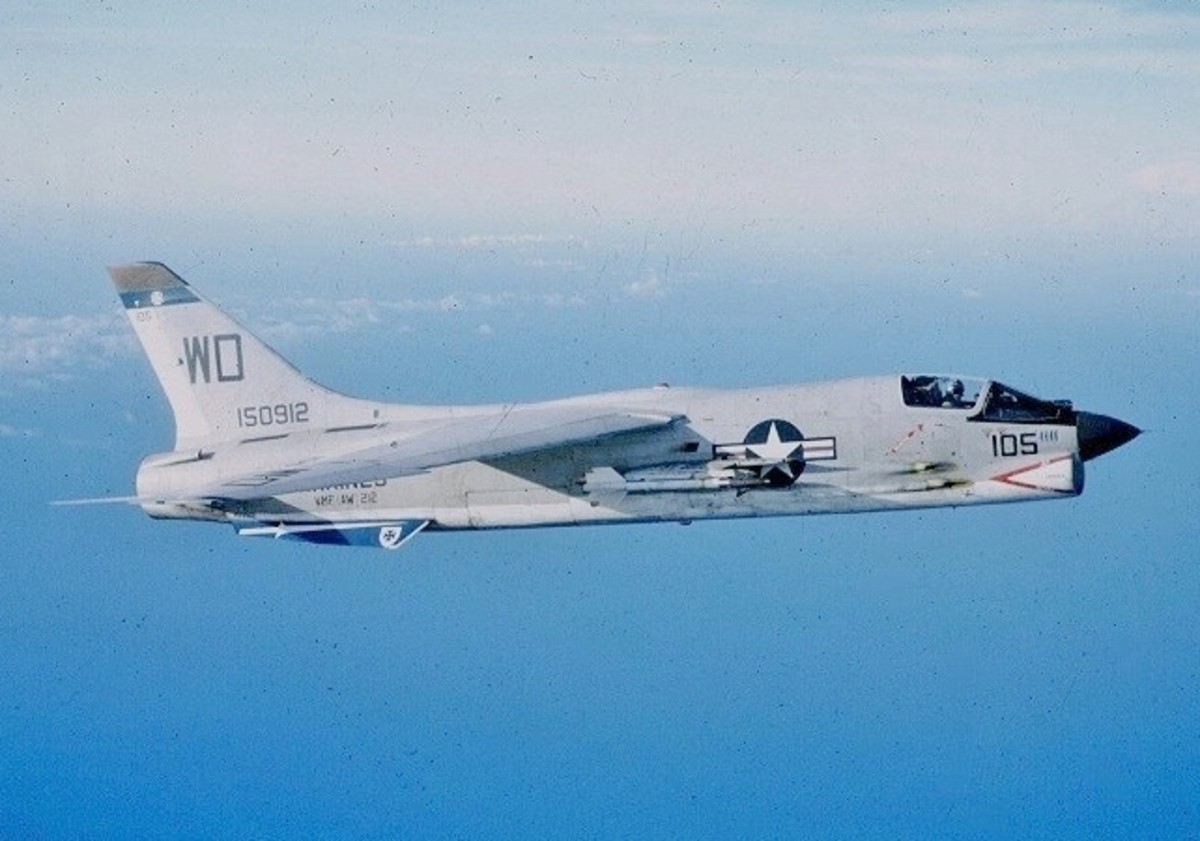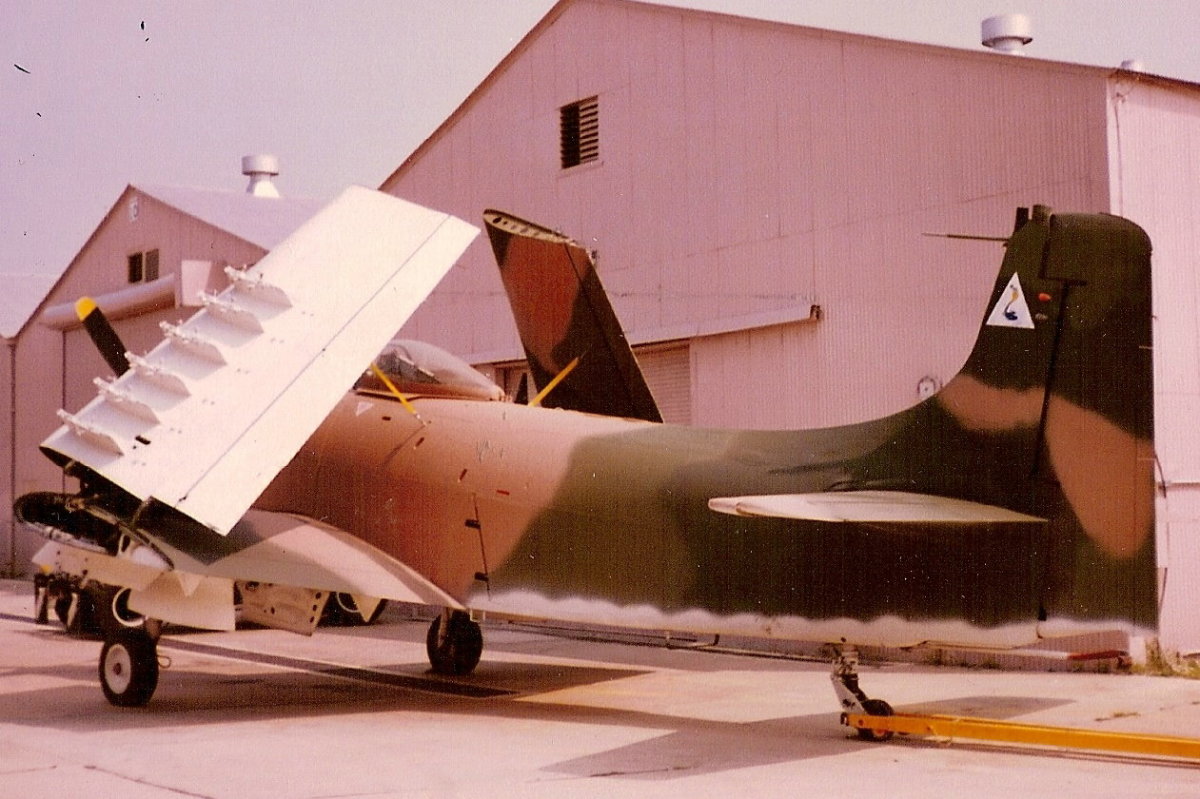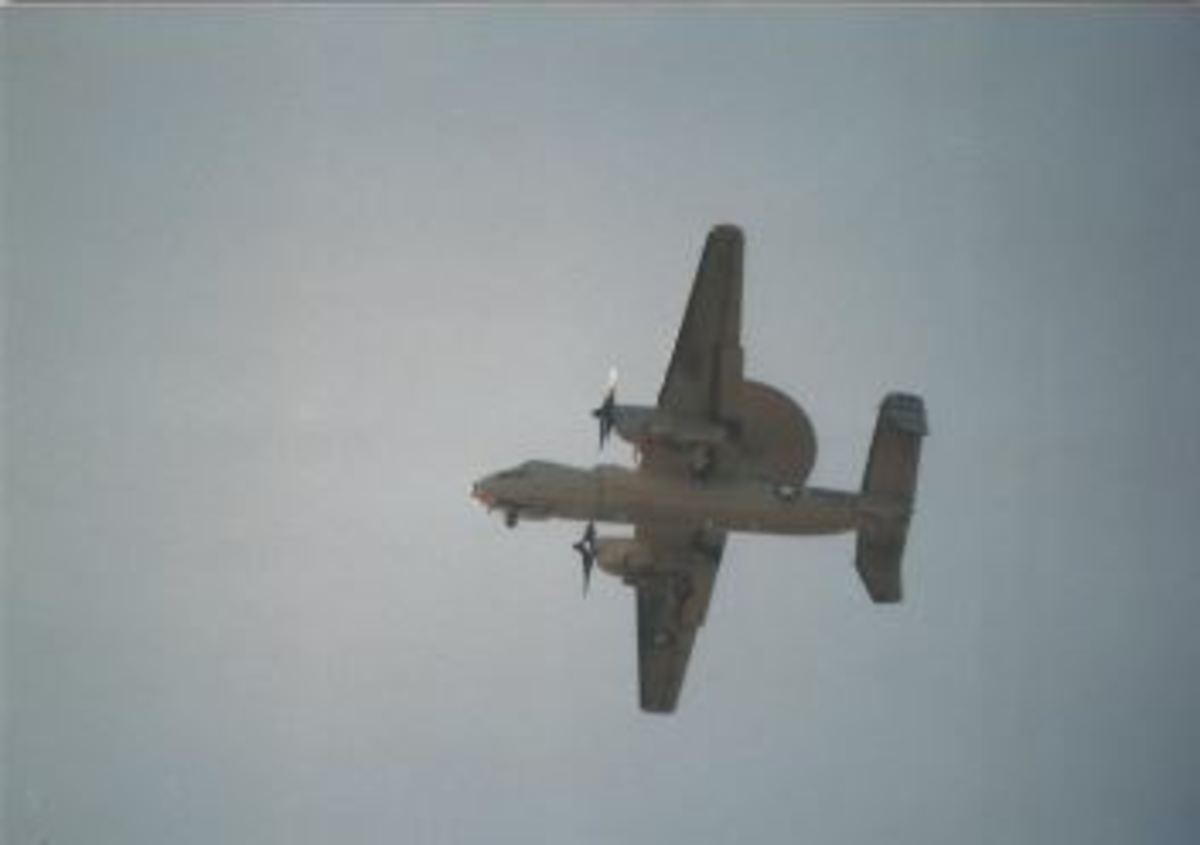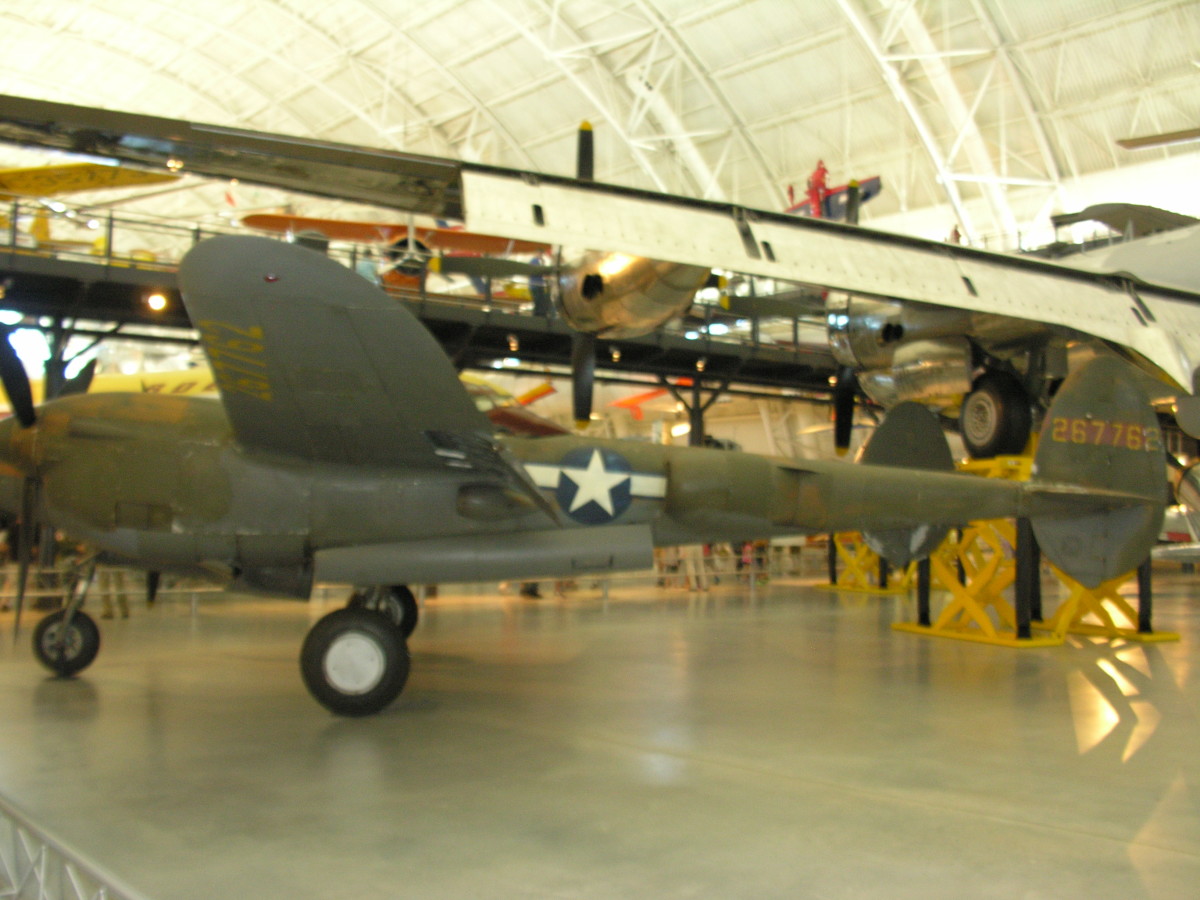- HubPages»
- Education and Science»
- History & Archaeology»
- Military History
The Impact of the Helicopter on Land Warfare Doctrine
Helicopter Warfare
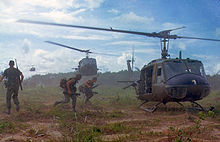
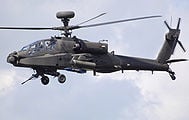
Helicopter Warfare
The use of the helicopter dramatically changed land warfare doctrine from the time of its introduction, use during the Korean War, development prior to Vietnam, use during Vietnam as a mobility platform, and current US Army Aviation operations. The helicopter is now a platform of maneuver, used for multi-missions to include, resupply, medical evacuation, reconnaissance, air assault, and attack operations. This paper will examine the doctrinal changes, which occurred as a result of the technological evolution of the helicopter.
The first helicopter to be flown over a battlefield occurred on 2 April 1918, the PKZ 1, utilized by the Austro-Hungarian Empire. Only one PKZ-1 was built and utilized for observation during World War I.1 The first use of helicopters in US Army operations occurred on 23 April 1944, a single Sikorsky R-4 was utilized to recover four pilots downed behind Japanese lines in Burma during World War II, resulting in the first search and rescue operation conducted by helicopter.2 The U.S Army made it's first large helicopter purchase of fifty Bell OH-13, Sioux, in late 1946 and early 1947, utilizing these helicopters for testing and developing the role of the helicopter for reconnaissance operations.3 On 1 DEC 1947 the United States Marine Corps commissioned Marine Helicopter Squadron One (HMX-1), its primary mission was to develop tactics and techniques for the movement of assault troops in amphibious operations.4 During the Korean War the US Army expanded the role of the helicopter to include medical evacuation, limited troop transport, and resupply. During the later part of the 1950s the United States Marine Corps made significant improvement in doctrine by utilizing the helicopter as a mobility platform for battalion and larger units. This essentially became the starting point in developing air mobile and air assault doctrine. In 1954 the US Army established the Aviation Center at Fort Rucker, AL in order to expand the concept of Army Aviation and the use of the helicopter as a maneuver platform. Many senior leaders realized the potential that the helicopter could bring to the battlefield and land warfare. Major General James M. Gavin wrote an article for the April 1954 issue of Harper's magazine entitled 'Cavalry, and I Don't Mean Horses!'. This article outlined the use of helicopters during the Korean War and expressed the Army's need for the helicopter. Major General Gavin wrote "Where was the cavalry? ... and I don't mean horses. I mean helicopters and light aircraft, to lift soldiers armed with automatic weapons and hand-carried light anti-tank weapons, and also lightweight reconnaissance vehicles, mounting anti-tank weapons the equal or better than the Russian T-34s...If ever in the history of our armed forces there was a need for the cavalry arm - airlifted in light planes, helicopters and assault-type aircraft-this was it."5
In 1962 the U.S. Army began a re-organization and modernization effort under the Reorganization Objective Army Division (ROAD) concept to form four standard types of divisions, infantry, armor, mechanized, and airborne. The search for increased mobility resulted in a new concept, which was the air assault division. The 11th Air Assault division was organized in February 1963 and tested for two years at Fort Benning Georgia. By 1965 with the expansion of the war in Vietnam, the need for the mobility offered by the air assault division was clearly evident. The 11th Air Assault division was deactivated and the 1stCavalry Division was activated utilizing the assets from the 11th Air Assault division. In 1965, the 1st Cavalry Division deployed to Vietnam as the first US Army air assault division in combat.6
Vietnam brought about many changes in helicopter technology, both as troop transport and in the attack role. The aircraft primarily utilized were the UH-1, known as the Huey, both a troop transport and attack helicopter, AH-1 Cobra, attack, OH-6 and OH-58, scout and observation helicopter, and the CH-47, medium lift as a cargo and troop transport. In 1959 the Army inventory included 2,489 helicopters but, by 1969, as a direct result of the military build-up in response to Vietnam, the US Army inventory included 9,528 helicopters.7 Along with the improvement of weaponry and build-up of the helicopter inventory, the Vietnamese War perfected the tactics of air assault operations and was the foundation for US Army Aviation doctrine. General William Westmoreland, commander of US forces in Vietnam, stated, "During 1966, airmobile operations came of age." 8
The rough and undeveloped terrain of Vietnam made the helicopter an item of necessity for mobility. One of the first tests for the 1st Cavalry Division was in November 1965 during the Pleiku Campaign when helicopters were used to airlift 1st Cavalry soldiers into multiple LZs to relieve the besieged Special Forces garrison at Plei Me and prevent the enemy capture of Highway 14.9 Another first for air assault operations was Operation Silver City in March, 1966. The operation was successful and was one of the first to combine artillery suppressive fires in support of an air assault operation.10 In April 1968, Operation Pegasus was initiated to air assault units into positions to relieve the siege of Khe Shan, this was the first large scale Air Assault against North Vietnamese conventional forces.11
During this period helicopters had operated in a minimal air defense threat environment, many critics noted that helicopters may work well in a counter-insurgency role but, would be highly vulnerable to an integrated air defense threat. This theory was soon dispelled with operation Lam Son 719 in 1971. The purpose of the operation was to destroy the North Vietnamese operating bases in Laos. Utilizing Army of Vietnam (ARVN) soldiers and US Army helicopter support, Lam Son 719 conducted air assault operations deep into Laos to destroy the North Vietnamese operating bases. Due to the terrain, only limited air axis of advance existed which gave the North Vietnamese an air defense advantage. Additionally in order to protect their operating bases in Laos the Vietnamese had established an integrated air defense system of nineteen antiaircraft artillery battalions, consisting of 23 mm, 37 mm, 57 mm, 100 mm antiaircraft guns, and 12.7 mm machine guns. This would be the first time that helicopters would face a mid-intensity threat in a large scale operation. The operation began on 8 February 1971 with poor weather consisting of low visibility and ceilings. Due to the weather restrictions the Air Force could not be utilized for close air support and US Army helicopters were utilized in this close air support role. AH-1 helicopters were utilized to engage tanks, they were found to be effective against light tanks but, proved less than effective against medium tanks such as the T-34, which resulted in continued research of helicopter weapon systems in the anti-armor and attack role. However, the Air Assault operations proved extremely successful, utilizing artillery and limited close air support for suppression of enemy air defenses. The damage to helicopter assets were minimal during the battle proving that the helicopter could be utilized in an air assault role in a mid-intensity air defense environment.12
As a result of the lesson's learned from Vietnam, the 1980s brought about a change in US Army doctrine creating the air-land battle and combined arms doctrine of which US Army Aviation is a primary player. In 1983, Aviation became a separate combat arms branch of the US Army. Army Aviation capabilities improved with the addition of the UH-60, Blackhawk, AH-64, Apache, improved versions of the OH-58 and CH-47, greatly enhancing the army's maneuver ability. Additionally Army Aviation increased it's night ability through the use and continued development of Night Vision Goggles.
US Army doctrine, outlined in FM 100-5, describes one of the tenants of army operations as agility, "Agility is the ability of friendly forces to react faster than the enemy and is a prerequisite for seizing and holding the initiative."13 Army aviation brings agility to Army operations, particularly the use of Air Assault operations.
The mid-1980s captured the essence of Army Aviation doctrine in numerous publications such as FM 90-4, Air Assault Operations, FM 1-112, Attack Helicopter Operations, and FM 1-100 Army Aviation in Combat Operations. FM 1-100 states that Army Aviation impacts on all nine principles of warfare but, probably one of the most prominent of army aviation is the principle of maneuver, "Place the enemy in a position of disadvantage through the flexible application of combat power."14 Air Assault operations can quickly place soldiers, equipment, and firepower at the critical time and place on the battlefield where it can be decisive to the outcome. FM 1-100 continues "Aviation's agility enhances the force commander's ability to simultaneously attack threat forces-from any direction, at almost any time-with overwhelming concentrations of massed combat power."15 The capability of the helicopter made this aspect of land warfare possible.
As the helicopter has developed into a maneuver platform, the impact of Army Aviation doctrine on land warfare was clearly illustrated during Operation Desert Storm as AH-64, Apaches, in the deep attack role destroyed radar systems in the opening hours of the ground war and later the 101st ABN division established deep blocking positions to disrupt the Iraqis retreat back into Iraq. Since the first use of the helicopter in combat to the current use in combat operations Grenada, Panama, the Gulf War, Somalia, Haiti, Afghanistan, and Iraq. The capability of the helicopter and Army Aviation doctrine will continue to be a key and integral part of modern land warfare.
1 John Everett-Heath. Helicopters in Combat (New York, New York: Sterling Publishing Co., 992), p. 13.
2 Ibid., p. 15.
3 Matthew Allen. Military Helicopter Doctrines of the Major Powers, 1945-1992 (Westport,Connecticut: Greenwood Press., 1993), p. 3.
4 John Everett-Heath. Helicopters in Combat (New York, New York: Sterling Publishing Co., 1992), p. 16.
5 Ibid., p. 23.
6 William A. Stofft. American Military History (Washington D.C.: Center of Military History, United States Army, 1989), p. 606-610.
7 Matthew Allen. Military Helicopter Doctrines of the Major Powers, 1945-1992 (Westport, Connecticut: Greenwood Press., 1993), p. 12.
8 Ibid., p. 12.
9 John R. Galvin. Air Assault: The Development of Airmobile Warfare (New York, New York: Hawthorn Books, Inc., 1969), p. 292.
10 Matthew Allen. Military Helicopter Doctrines of the Major Powers, 1945-1992 (Westport, Connecticut: Greenwood Press., 1993), p. 93.
11 John R. Galvin. Air Assault: The Development of Airmobile Warfare (New York, New York: Hawthorn Books, Inc., 1969), p. 310.
12 Jonathan M. House. Toward Combined Arms Warfare: A Survey of 20th Century Tactics, Doctrine, and Organization (Fort Leavenworth, KS: U.S. Army Command and General Staff College, 1984), p. 163-165.
13 FM 100-5. Operations (Headquarters, Department of the Army. Washington, D.C., 14 June 1993), p. 2-7.
14 FM 1-100. Army Aviation in Combat Operations (Headquarters, Department of the Army. Washington, D.C., 21 February 1997), p. 1-10.
15 Ibid., p. 1-10.

